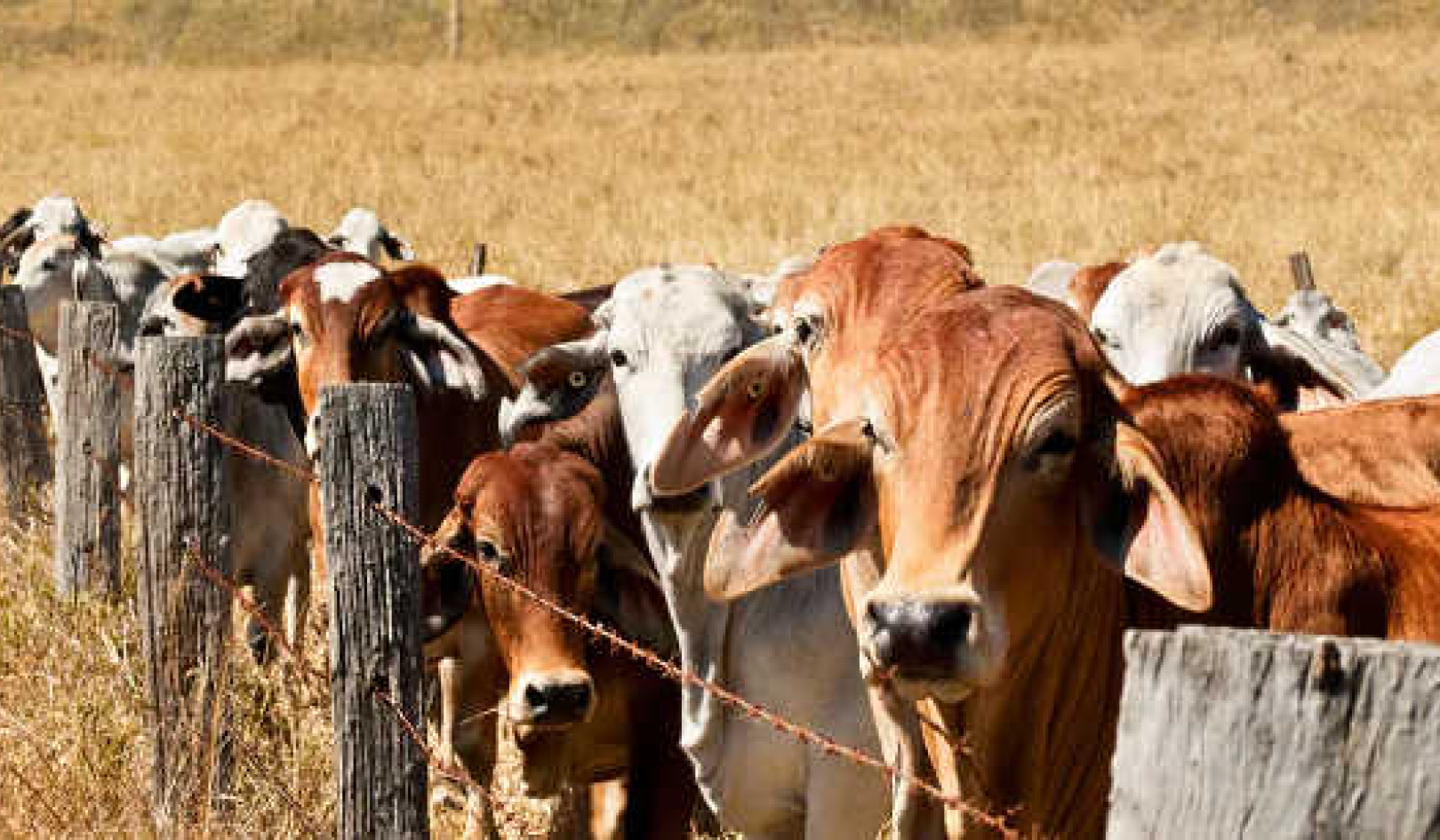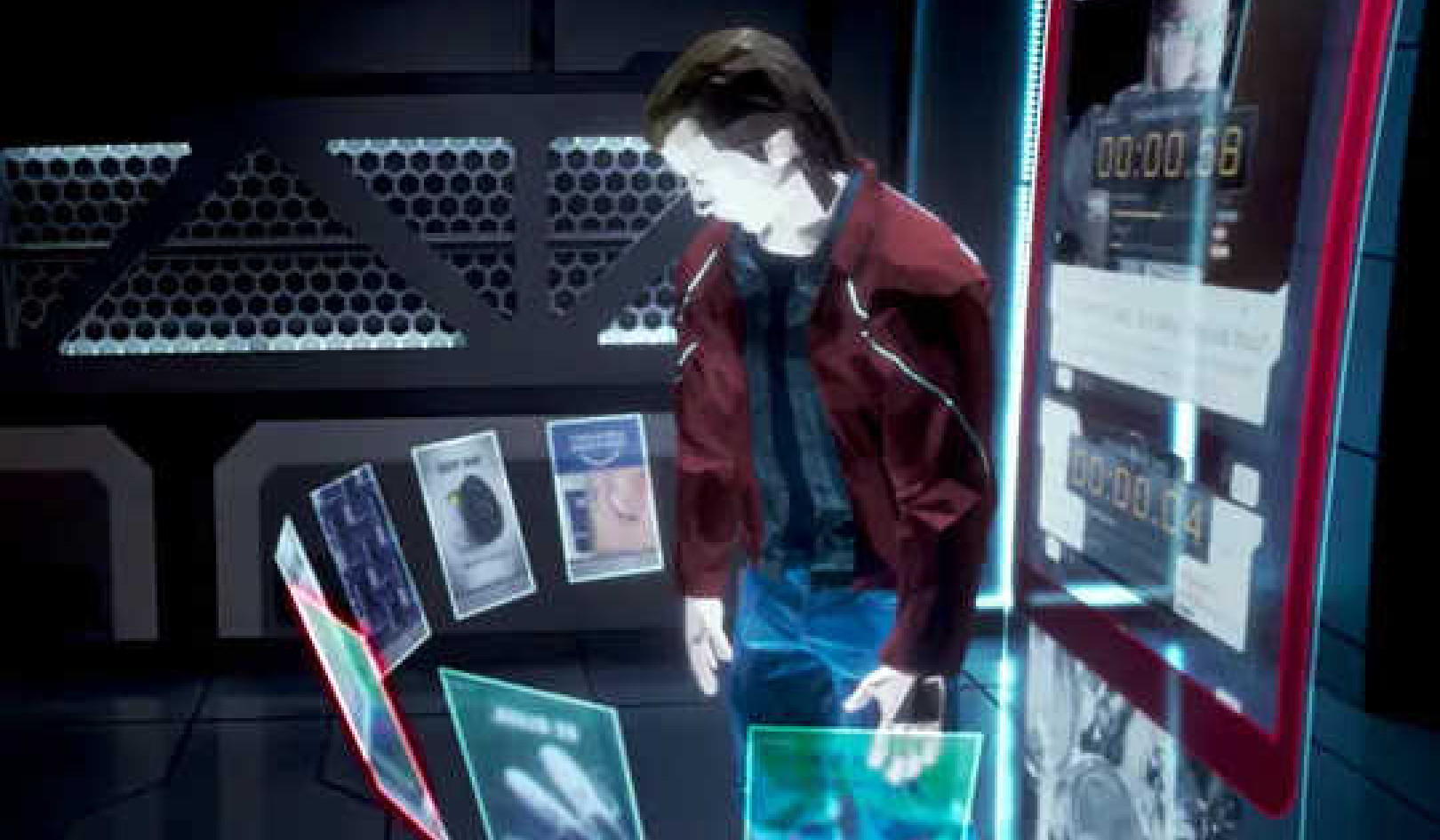
Bringing The Long Game Into Climate Change Economics
The UK government’s senior adviser on science has made an entirely sensible call for researchers and policy makers to move the climate change debate towards workable strategies and solutions. The trouble is, the models we have for assessing those strategies are deeply flawed.
The most recent discussion in the UK centered around the 2014 storms and flooding which raised important questions of how much should be spent on defences and where, and about the appropriate mix between state and the market economy in tackling the effects of climate change. Those questions have not been convincingly answered.
An economist would argue that climate change is due to market failure: people pollute too much because pollution is not appropriately priced. The idea is that if there was a market for pollution, supply and demand would reach a state of equilibrium at the “correct” price, and carbon emissions, for example, would be reduced. This is the main idea behind the European Emission Trading System (EU ETS).
The belief of many economists and policy makers that markets are the best way of allocating scarce resources, like carbon emissions under a trading scheme, stems from a couple of mathematical results derived in a basic, highly stylised, model of market interactions between individuals.
Market Day
Imagine a group of individuals who all have a basket of goods that they bring to a central market place in order to exchange. Suppose that each individual aims to improve their own well-being as much as they can. An auctioneer calls out prices – the “exchange rates” between the different goods – and only when all individuals together supply as much as each demands of the goods at the quoted prices does trade take place. This trade then leads to a re-allocation of the baskets that everyone held at the start. Economists now say that the market is “in equilibrium” and call the resulting prices “equilibrium prices”.
Economists like equilibrium prices, because this new allocation of goods is a “Pareto optimum”. This means that no individual can be made better off without making someone else worse off. This is what economists mean by “efficiency” – it has nothing to do with “fairness“ or “equality” as many might think. Instead, if I own everything and you own nothing, then the only way to make you better off is by taking away something from me and so essentially making me worse off. Any such allocation is called a Pareto optimal allocation.
The theory can be extended to introduce an element of “fairness” and produce different Pareto optimal allocations of goods through trading if, beforehand, the initial baskets of goods are appropriately redistributed. In other words, the market can always achieve any outcome that a government might want to impose. Carry that theory through, and by issuing the correct number of permits to the right people, the emissions trading system is supposed to reduce emissions.
Future Proof
However, when it comes to discussions about climate change we’re not thinking about just one round of market interaction, but a future full of such interactions. In fact, economists model this as an open-ended sequence of market interactions which rely on estimating each individual’s “sense of well-being” over the course of an open-ended future. If it sounds tricky, it is, and economists have developed sophisticated mathematical models that do this and, what’s more, they can prove that every Pareto optimal allocation of this open ended, very complicated economy can indeed be achieved.
Sadly, it’s not that simple. In order to obtain this result, economists have to make a restrictive assumption: that individuals discount future well-being. In other words, consumption of any good or service today is worth more than consumption next year, and is worth more than consumption the year after, and so on. This means that in the far future, individuals are assumed not to value consumption at all. No wonder “sustainable development” is such a difficult concept in economics: why be sustainable if people are assumed not to care about the world far into the future?
Apply this to the emissions trading system and the model gives the wrong allocations of pollution permits. And this way of doing things lies under the bonnet of all sorts of policy making, whether it be EU fishing policy, UK flood defence policy or UK wind farm policy.
A Common Goal
In a recent paper, a colleague and I proposed a different model of individuals’ senses of well-being. We assume that, even though people may find it difficult to distinguish between consumption at particular points far into the future, they do care about “average” consumption in the indefinite future. This reflects the idea that we want to leave our children’s children an inhabitable world, without knowing precisely what they are going to be doing at every individual point in their lives.
When one builds a model like this it becomes clear very quickly that we have to think differently about how we consume goods and services. First of all, the notion of well-being in the indefinite future is, mathematically, incompatible with unrestricted consumption. It turns out that more structure is needed: our sequence of consumption must, in some sense, be sustainable.
Second, and more importantly, we lose the result that every Pareto optimal allocation can be attained. This result now holds if, and only if, all individuals have a very similar idea of the “exchange rate” between consumption now and consumption in the indefinite future.
So, even though current thinking around the economic impact of climate change is based on Adam Smith’s notion, proposed in The Wealth of Nations, that individuals who act in their own interest are guided, as if by an invisible hand, to the greater good of society, this might need an overhaul when thinking about issues like climate change.
We find, mathematically, that when the indefinite future matters, people acting without taking notion of their fellows in society, will in general not lead to Pareto optimal allocations, and hence will lead to unfairness in how we tackle responses to climate change. This, of course, was already known to Smith, who warned against unbridled competition without due care for the institutions that make society work. If Sir Mark Walport wants us to start looking to long-term ways to navigate our way through climate change, then it’s about time we acknowledged it too.
This article originally appeared on The Conversation
About the Author
 Jacco Thijssen holds a Readership in the Department of Economics and Related Studies at the University of York. After obtaining and MSc and PhD in mathematical economics from Tilburg University in the Netherlands, he held a Lectureship in Economics at Trinity College, Dublin from 2003 until 2010. During 2007 he was affiliated to the University of York's department of Mathematics as a lecturer in Mathematical Finance.
Jacco Thijssen holds a Readership in the Department of Economics and Related Studies at the University of York. After obtaining and MSc and PhD in mathematical economics from Tilburg University in the Netherlands, he held a Lectureship in Economics at Trinity College, Dublin from 2003 until 2010. During 2007 he was affiliated to the University of York's department of Mathematics as a lecturer in Mathematical Finance.
Recommended book:
The Climate Casino: Risk, Uncertainty, and Economics for a Warming World
by William D. Nordhaus. (Publisher: Yale University Press, Oct. 2013)
 Bringing together all the important issues surrounding the climate debate, William Nordhaus describes the science, economics, and politics involved—and the steps necessary to reduce the perils of global warming. Using language accessible to any concerned citizen and taking care to present different points of view fairly, he discusses the problem from start to finish: from the beginning, where warming originates in our personal energy use, to the end, where societies employ regulations or taxes or subsidies to slow the emissions of gases responsible for climate change. Nordhaus offers a new analysis of why earlier policies, such as the Kyoto Protocol, failed to slow carbon dioxide emissions, how new approaches can succeed, and which policy tools will most effectively reduce emissions. In short, he clarifies a defining problem of our times and lays out the next critical steps for slowing the trajectory of global warming.
Bringing together all the important issues surrounding the climate debate, William Nordhaus describes the science, economics, and politics involved—and the steps necessary to reduce the perils of global warming. Using language accessible to any concerned citizen and taking care to present different points of view fairly, he discusses the problem from start to finish: from the beginning, where warming originates in our personal energy use, to the end, where societies employ regulations or taxes or subsidies to slow the emissions of gases responsible for climate change. Nordhaus offers a new analysis of why earlier policies, such as the Kyoto Protocol, failed to slow carbon dioxide emissions, how new approaches can succeed, and which policy tools will most effectively reduce emissions. In short, he clarifies a defining problem of our times and lays out the next critical steps for slowing the trajectory of global warming.
Click here for more info and/or to order this book on Amazon.
























